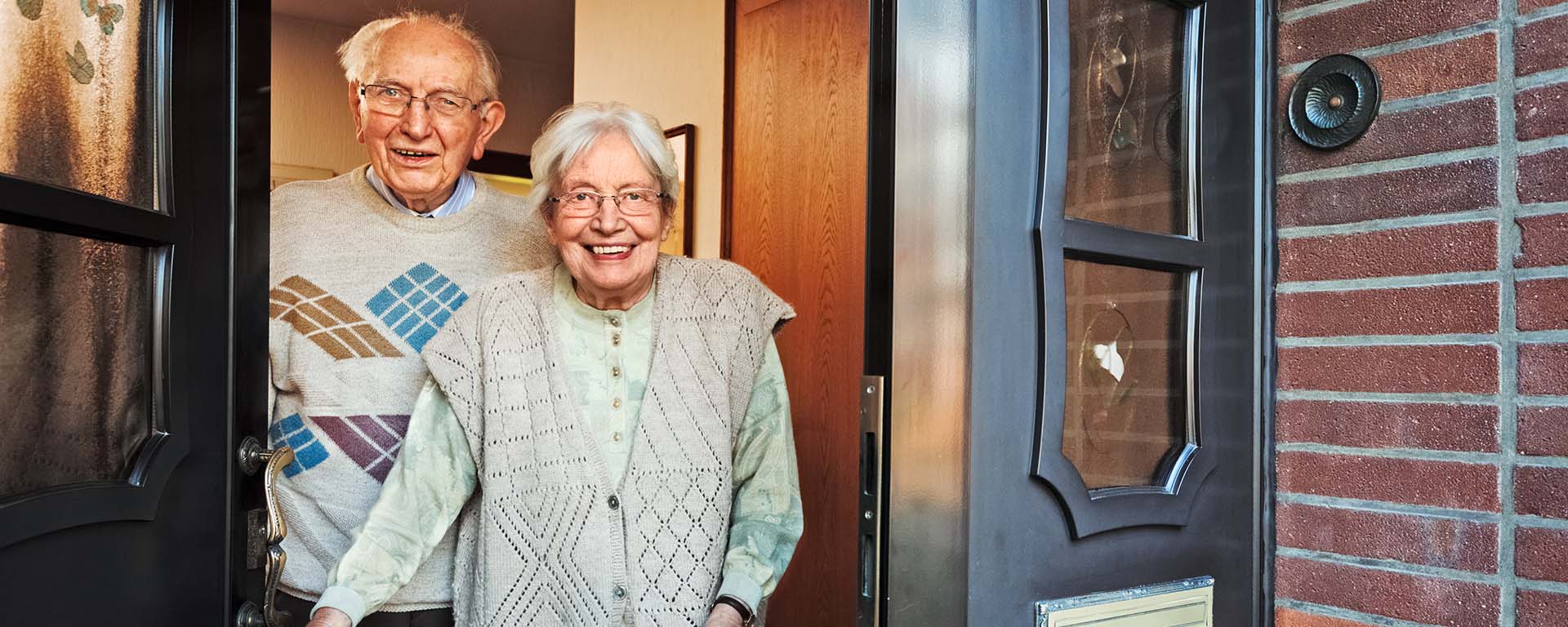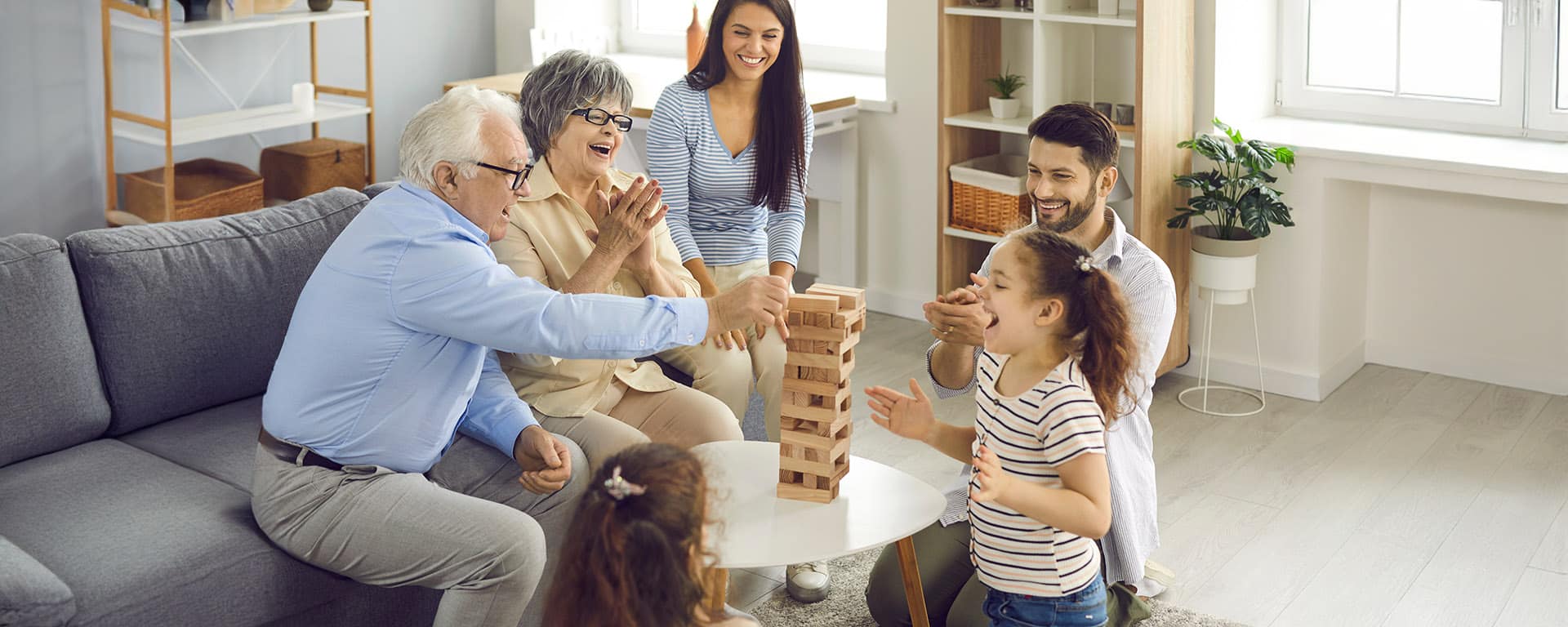Aging in Place: Overcoming barriers to safe and affordable living
The ability to live independently and comfortably in one’s own home as one ages, is a cherished goal for many older adults. Not only does it allow individuals to maintain their autonomy and familiar surroundings, but it also promotes emotional well-being and a sense of community belonging.
However, achieving this goal is not without its challenges. Numerous barriers, including unaffordable safe housing and the need for specific products and modifications, can hinder older adults from aging in place successfully. In this article, we will explore these obstacles and discuss strategies to overcome them.
Unaffordable Safe Housing
One of the primary barriers to aging in place is the lack of affordable and safe housing options for older adults. As the cost of living rises, many struggle to find housing that meets their needs without stretching their finances to the breaking point.
Additionally, even when affordable options are available, they may not always meet the safety and accessibility requirements necessary for aging in place.
Overcoming this barrier can involve various solutions, such as:
- Government housing assistance programs, such as low-income housing tax credits and rental assistance programs, which aim to provide affordable housing options.
- Retrofitting existing homes with safety features and accessibility modifications can make aging in place more feasible for individuals living on a budget.
Importance of Home Modifications for Aging in Place
Home modifications are essential for creating a living environment that meets the unique needs of your loved ones while still being well-designed. As our loved ones age, they may experience physical limitations or mobility challenges that can make certain tasks and activities more difficult or hazardous. By adapting the home environment to accommodate these changes, your loved ones can continue to navigate their homes safely and independently.
Products to Install
Home modifications play a crucial role in facilitating aging in place. These modifications aim to enhance safety, accessibility, and comfort within the home environment, allowing older adults to live independently and comfortably as they age. By installing specific products and making necessary adjustments, you can mitigate the risk of accidents and injuries for your loved ones, helping them maintain their quality of life.
Common Products Needed for Safety and Accessibility
Several common products are essential for enhancing safety and accessibility within the home, such as:
- Grab Bars and Handrails:
- These fixtures provide support and stability in areas such as bathrooms, hallways, and staircases, helping your loved ones maintain their balance and prevent falls.
- Non-slip Flooring:
- Installing non-slip flooring surfaces in areas like bathrooms, living rooms, and the bedroom reduces the risk of slips and falls, particularly in wet or slippery conditions.
- Ramp Installations:
- Ramps offer a safe and accessible alternative to stairs, allowing older adults with mobility aids, such as wheelchairs or walkers, to navigate entrances and thresholds more easily.
- Bathroom Modifications:
- Walk-in showers with low or no thresholds, grab bars, and raised toilets are essential bathroom modifications that enhance safety and accessibility, reducing the risk of slips, trips, and falls.
Aging in Place Solutions
Identifying Affordable and Effective Products:
You and your loved ones can research and identify affordable and effective home modification products tailored to their specific needs. By exploring different options and consulting with professionals, you can find products that offer the best combination of safety, accessibility, and affordability.
Assistance Programs for Purchasing and Installing Home Modifications:
Various government and community-based assistance programs offer financial support for older adults seeking to purchase and install home modifications. These programs may provide grants, loans, or subsidies to help cover the cost of materials and labour, making home modifications more accessible if you or your loved one has limited financial resources.
Education on DIY Options and Resources for Professional Help:
You can also explore DIY options (link to Article 1 here) for home modifications for your loved ones, such as simple installation techniques or minor adjustments, which you can undertake yourself. Additionally, resources and referrals to professional contractors, remodelers, or occupational therapists (OTs) can help your loved ones access expert guidance and assistance in making more complex or specialized modifications to their homes.
Other Benefits of Living at Home
Despite the challenges and barriers to aging in place, there are numerous benefits to your loved ones living at home as they age. Independence and autonomy are paramount, allowing them to maintain control over their daily lives and make decisions that align with their preferences and values.
Familiarity and comfort also play a crucial role, as your loved ones are able to remain in the familiar surroundings of their own homes, surrounded by cherished memories, family members, and possessions.
Aging in place significantly impacts emotional and psychological well-being, as your loved ones can maintain connections with their communities, family, and support networks. Whether interacting with neighbours, participating in local activities, or simply enjoying the sights and sounds of familiar surroundings, living at home can provide a sense of belonging and purpose that is difficult to replicate elsewhere.
Aging in place is a cherished goal for many older adults, but it doesn’t come without its challenges. Barriers such as unaffordable safe housing and the need for specific products and modifications can hinder your loved ones from aging in place successfully and peacefully.
However, by addressing these barriers and implementing solutions, you can help your loved ones maintain their independence, dignity, and quality of life as they age. Individuals, communities, and policymakers must come together to support aging-in-place initiatives and ensure every older adult can live comfortably and safely in their own home for as long as possible.







